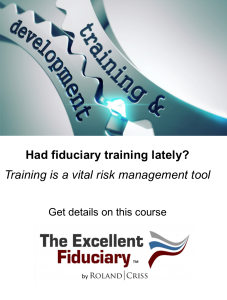The EBSA uncovered significant shortcomings in auditing procedures and reporting. Auditing standard SAS 136 is the CPA association’s effort to address some of the issues found in the EBSA examinations.

SAS 136 transfers a significant amount of liability for an audit’s accuracy from an auditor to a plan’s fiduciaries.
SAS 136 transfers a significant amount of liability for an audit’s accuracy from an auditor to a plan’s fiduciaries, increasing the need for error-free payroll files and impeccable compliance in areas like compensation, distributions, and vendors’ fees.
What’s the Impact on Plan Sponsors?
Plan sponsors have the option to elect an ERISA section 103(a)(3)(C) audit, no longer referred to as a “limited scope audit” or a non-ERISA section 103(a)(3)(C), formerly referred to as “full scope” audit. Boards of directors, CFOs, human resources managers, and plan fiduciaries can expect changes related to employee benefit plan management responsibilities, audit reports, communications, inquiries, and procedures.
Starting in 2022 plan sponsors will have the additional responsibilities to certify whether it is a qualified institution, ensure the certification meets ERISA’s standards, and warrant that all audit qualifications are met. The certificate should be in good form and signed by an authorized representative with attestation of accuracy and completeness.
Audit Report Changes
The audit report will look significantly different following the implementation of SAS 136. For example, the audit opinion of an ERISA section 103(a)(3)(C) audit will include information on the procedures performed on both certified and noncertified information as well as a new basis for the opinion section.
Communications
The SAS 136 requires the auditor to communicate, in writing, reportable findings, including identified or suspected non-compliance, to plan management and those charged with governance.
Inquiries and Procedures
Plan sponsors and management should expect written representation requests from the auditor, such as management’s responsibilities to maintain a current plan instrument and administer the plan. SAS 136 also requires that auditors receive a substantially completed draft Form 5500 before dating the audit report.
Roland|Criss can help streamline your team’s audit preparation.




